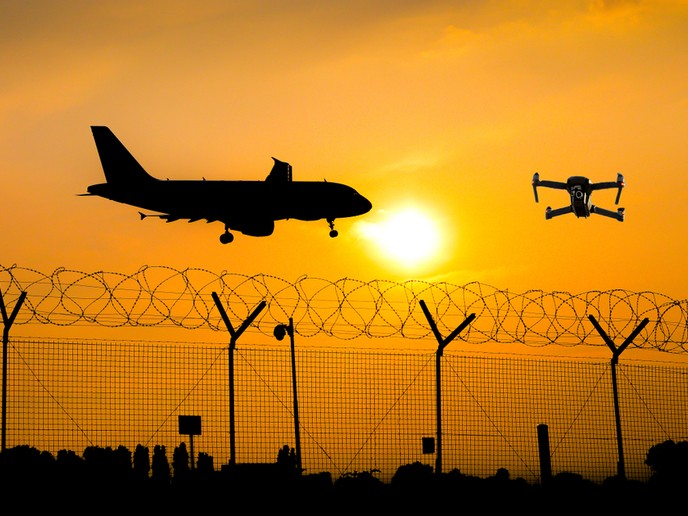Rise of the drones: Improving unmanned aircraft system traffic management
From defence and emergency response to conservation and agriculture, drones, or unmanned aerial vehicles, are increasingly used in many areas. The rising popularity of this technology also raises safety concerns. Left unmanaged, unmanned aircraft systems could lead to mid-air collisions, injury to people, and damage to property or other aircraft. It’s crucial to have an efficient unmanned traffic management (UTM) system in place that could also interact with manned aircraft operations. In a real operational environment, the EU-funded PODIUM project is demonstrating an integrated, comprehensive web-based UTM solution at five sites in three countries. As noted on the project website, the tests involve “very low level operations in rural and urban areas, in the vicinity of airports, in uncontrolled and controlled airspace, and in mixed environments with manned aviation.”
Test flights
According to a news item by project partner Unifly, “PODIUM has performed U-space demonstrations for BVLOS [beyond visual line of sight] and VLOS [visual line of sight] flights at five operational sites in Europe.” These were conducted at “Hans Christian Andersen Airport in Odense, Denmark; the Netherlands RPAS [Remotely Piloted Aircraft Systems] Test Centre in Marknesse and Groningen Airport Eelde, the Drones Paris Région cluster in Brétigny-sur-Orge and Rodez-Aveyron Airport in Rodez, France.” U-space refers to a set of new services and specific procedures designed to support safe, efficient and secure access to airspace for large numbers of drones. The project website states that PODIUM’s demonstrations cover U-space service levels U1, U2 and some limited U3. The actual U-space framework comprises four blocks of services and technologies: foundation services (U1), initial services (U2), advanced services (U3) and full services (U4). These are designed to facilitate any kind of routine mission, in all classes of airspace and all types of environments. “Thanks to PODIUM, innovative drone pilots and manufacturers, air traffic controllers and nominal U-space supervisors have used U-space services and systems hands-on,” says Peter Alty from EUROCONTROL, the PODIUM coordinator. The same news item summarises the conclusions and recommendations of PODIUM that were presented at a dissemination event in October 2019. “PODIUM concludes that there is a very strong demand from all stakeholders for U-space solutions that can ease the burden of obtaining flight authorisations, and that increase situational awareness to enable safety and efficiency benefits during flight execution.” It adds: “The project concludes that U-space services for the pre-flight phase are practically ready for deployment, but that significant action is needed to ensure that U-space services can really take-off in the flight execution phase.” The PODIUM (Proving Operations of Drones with Initial UTM Management) project is scheduled to end in December 2019. It is among several very-large-scale demonstration projects that have received funding from the SESAR Joint Undertaking within the EU’s Connecting Europe Facility programme. For more information, please see: PODIUM project website
Countries
Belgium



